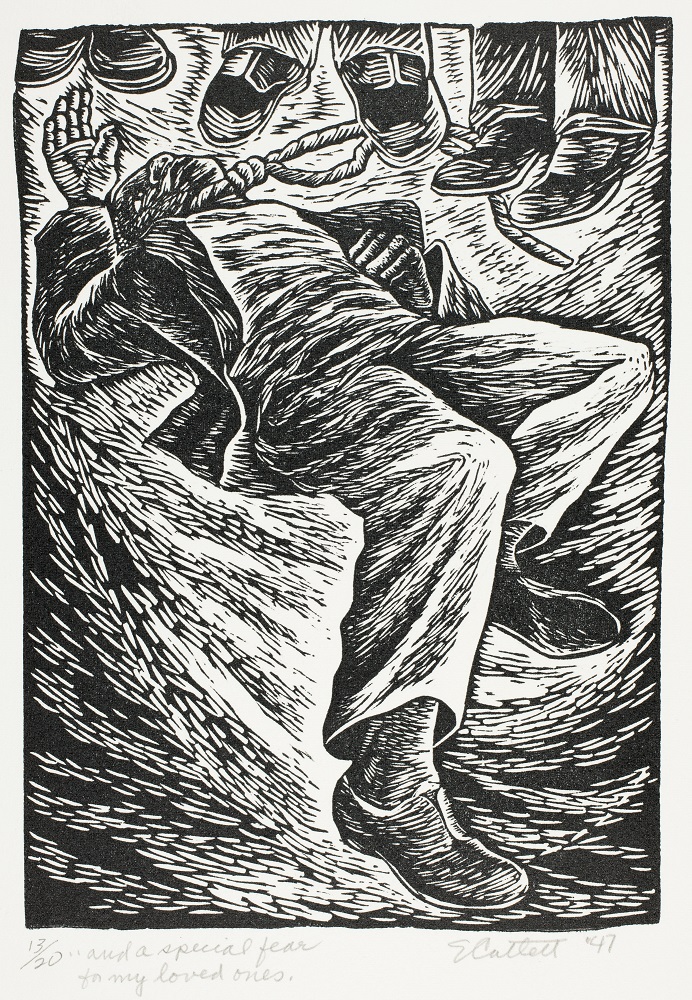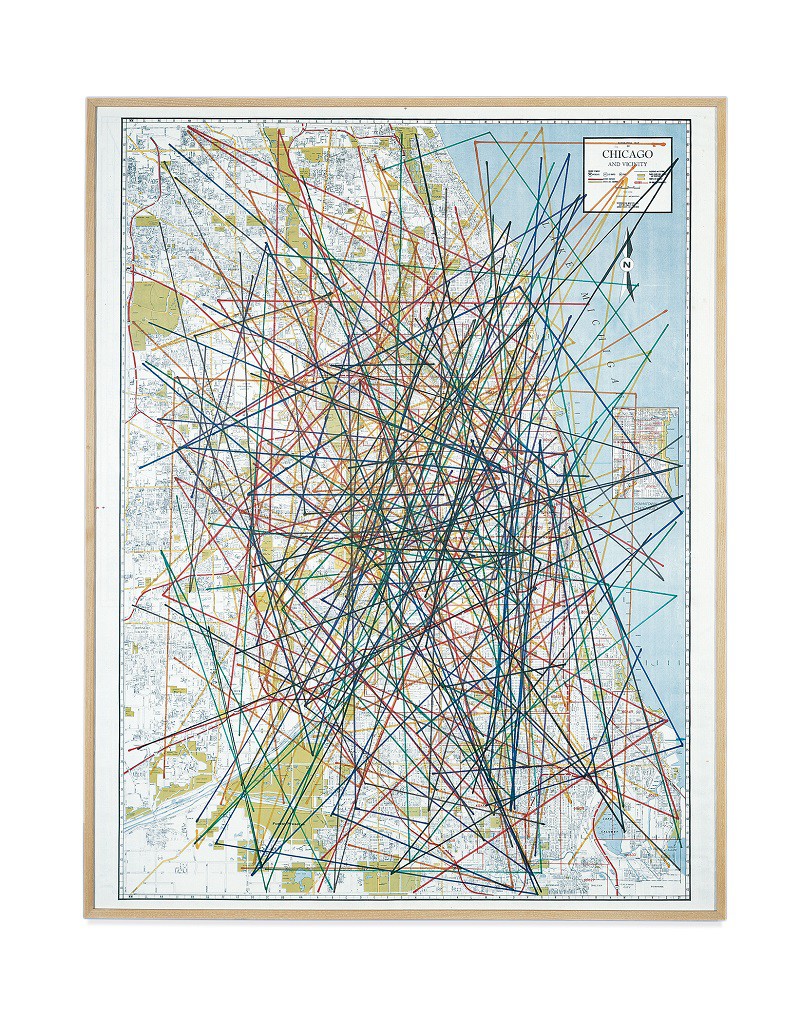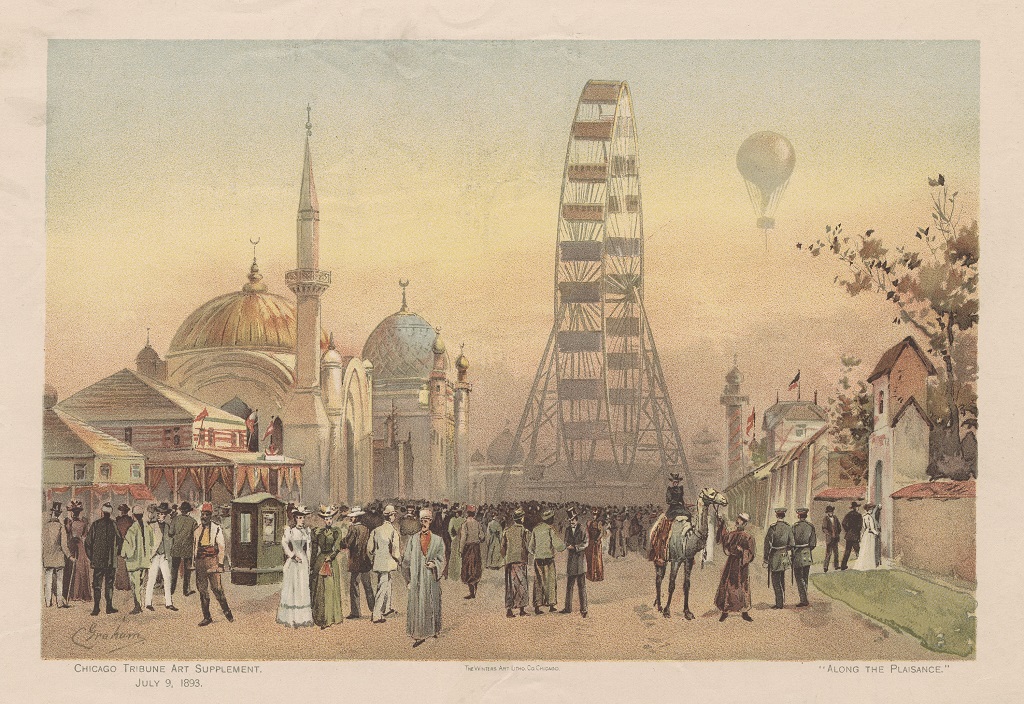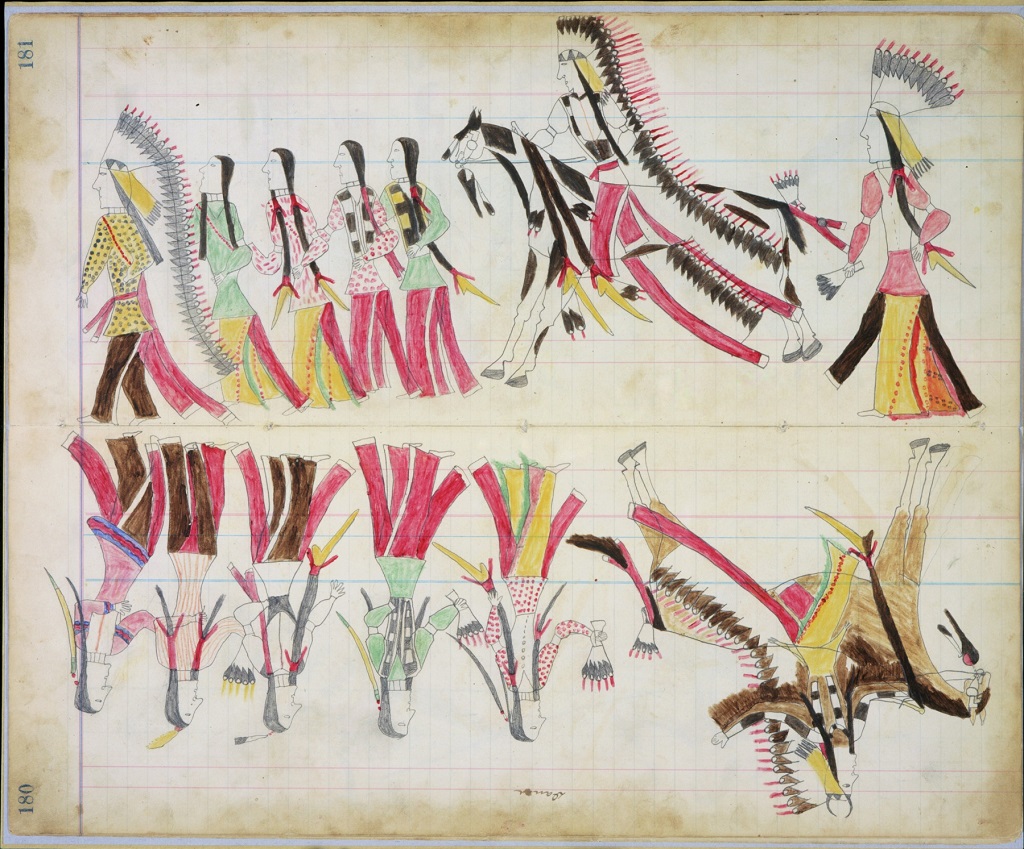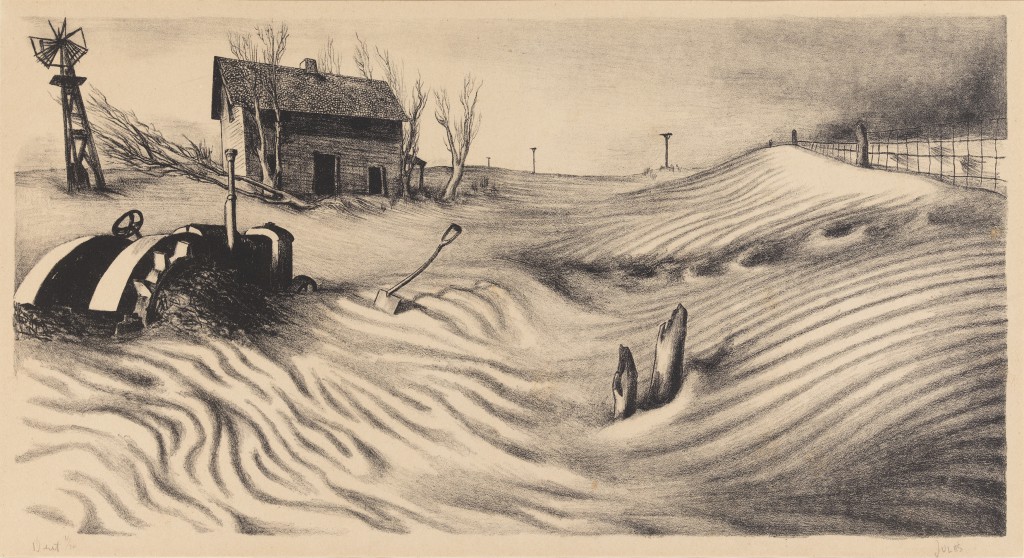Author:
The Art Institute of Chicago Museum Education Department
At First Glance
What do you think has happened here? What details in the image help you put together a story? How does the artist’s technique (especially color and line) influence the mood of the event portrayed?
Read to Build Knowledge
This linoleum-block print, or linocut, portrays a victim of lynching, the violent and public murder of a person accused of a crime but given no trial. An African American victim lies sprawled on the ground with the rope used to hang him still tight around his neck. Three pairs of feet stand above the man’s head, possibly belonging to his attackers, to bystanders, or maybe to family members who have come to retrieve the body of their loved one. By pushing the feet of the man to the very edge of the image, the artist also places us, the viewers, at the scene. We are forced to see firsthand the violent and upsetting reality of what has happened. The patterns of heavy black and white marks that define the image add a sense of urgency, enhancing the drama of this moment.
Events such as this were common in the South during the time this work was created. According to records kept by the Tuskegee Institute, 3,446 African Americans were lynched between 1882 and 1968, with the majority of attacks taking place in the South. Lynchings were usually racially motivated attacks carried out by groups of men as an act of social control. The title of this artwork, And a Special Fear for My Loved Ones, refers to African Americans’ constant fear that someone in their family or community would fall victim to an angry lynch mob.
This print is part of a series of fifteen linocuts called The Negro Woman created by the African American artist Elizabeth Catlett between 1946 and 1947. The series combines images and text to tell the story of the black female experience in the United States. The text (which also serves as the title for each image) is almost all written in the first person, inviting the viewer to connect with the perspective of the African American woman. The images in the series draw on various sources, including Catlett’s own life and family history; the heroic actions of women such as Sojourner Truth, Harriet Tubman, and Phyllis Wheatley; and the fears, struggles, and achievements of ordinary black women.
Artist biography
Elizabeth Catlett experienced a life of migration herself. She was born and raised in racially segregated Washington, D.C., but her artistic studies and career took her to many different places across the United States, including Iowa, North Carolina, Louisiana, Illinois, and New York. In 1947, she moved to Mexico, where she was greatly influenced by the political art of the Mexican Muralists and the Taller de Gráfica Popular (People’s Graphic Arts Workshop). Throughout her career, Catlett produced art that addressed issues of justice in the lives of everyday people, especially African Americans.
Analyze and Interpret
- Elizabeth Catlett includes witnesses to this scene. Why do you think it was important to her to do this? What effect does the presence of witnesses have on your understanding of what has happened?
- What messages do you think this image communicated to viewers at the time? Would the messages have been understood differently by viewers living in the North versus the South? Why?
For further reading (teachers)
Herzog, Melanie Anne. Elizabeth Catlett: In the Image of the People. Chicago: The Art Institute of Chicago, 2005.
Oehler, Sarah Kelly. They Seek a City: Chicago and the Art of Migration. Chicago: The Art Institute of Chicago, 2013.

